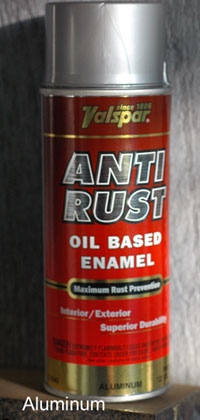
Photo from wikipedia
Achieving local anaesthesia for various clinical dental applications is a challenge that we encounter in our daily practice. Pre-emptive pulpal laser analgesia (PPLA) treatment strategy could be a promising non-pharmacological… Click to show full abstract
Achieving local anaesthesia for various clinical dental applications is a challenge that we encounter in our daily practice. Pre-emptive pulpal laser analgesia (PPLA) treatment strategy could be a promising non-pharmacological modality. Hence, our ex vivo laboratory study is aimed at evaluating the changes in enamel surface morphology when irradiated with various published PPLA protocols using scanning electron microscopy (SEM). To do so, 24 extracted healthy human permanent premolar teeth were collected, and each tooth was divided into equal halves randomised into six groups. The following laser parameter protocols based on published protocols of clinical Er:YAG laser-induced PPLA were randomly assigned for each group: 0.2 W/10 Hz/3 J/cm2 (Group A—100% water spray; Group B—no water); 0.6 W/15 Hz/10 J/cm2 (Group C—100% water spray; Group D—no water); 0.75 W/15 Hz/12 J/cm2 (Group E—100% water spray; Group F—no water); 1 W/20 Hz/17 J/cm2 (Group G—100% water spray; Group H—no water). Each sample was irradiated at an angle of 90° to the dental pulp, with a sweeping speed of 2 mm/s for a 30 s exposure time. Our results have shown, for the first time, no alteration to the mineralised tooth structure when irradiated with the following protocols: 0.2 W/10 Hz/3 J/cm2 with 100% water spray or without water spray with an irradiated area fixed at a 10 mm tip-to-tissue distance, sweeping motion with 2 mm/s speed of movement; average power output of 0.6 W/15 Hz/10 J/cm2, maximum water cooling of 100%, tip-to-tooth distance fixed at 10 mm, 30 s exposure time, sweeping motion with 2 mm/s speed of movement. The authors concluded that the current available proposed PPLA protocols in the literature might cause an alteration to the enamel surface. Hence, future clinical studies are warranted to validate our study’s PPLA protocols.
Journal Title: Biomedicines
Year Published: 2023
Link to full text (if available)
Share on Social Media: Sign Up to like & get
recommendations!